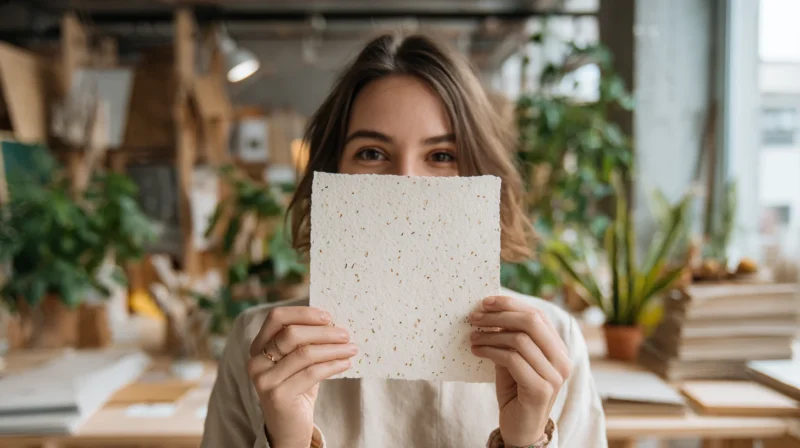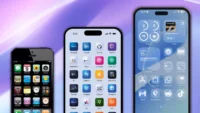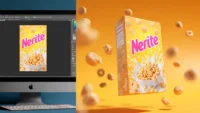In this article:
The global green stationery market is set to nearly double from $9.87 billion in 2023 to $13.70 billion by 2030, with innovative materials like plantable seed paper and bamboo driving growth, according to new market research conducted by SeedPrint.
The 4.8% annual growth rate reflects mounting consumer pressure for authentic sustainability. Some 56% of UK consumers now prioritise sustainability when engaging with organisations, yet only 4% completely trust sustainability logos on products according to YouGov.
SeedPrint founder Tom Willday says that designers are moving away from abstract sustainability messaging toward materials with visible environmental benefits. “Plantable seed paper that grows into flowers proves its environmental purpose. There’s no greenwashing when a client can see wildflowers growing from their business card.”
Material innovations reshaping design
Plantable seed paper embeds wildflower seeds within recycled paper pulp, allowing business cards and invitations to be planted after use. UK manufacturers produce sheets from 200-300gsm thickness suitable for professional printing.
Bamboo-based papers offer faster renewable growth than traditional wood pulp, with some species growing up to 91cm in 24 hours. Modern recycled papers now match virgin paper quality, available from 80gsm copy paper to 350gsm card stock.
Agricultural waste fibres including seed husks, sugarcane bagasse, and wheat straw create distinctive textures unavailable in conventional papers.
“The constraint of working with sustainable materials actually expands creative possibilities,” Willday says. “Each material has unique characteristics that become design features telling a story about the product’s origin.””Sustainability is becoming a non-negotiable design parameter,” Willday said. “The question isn’t whether to design sustainably anymore; it’s how to do it well.”

Get 300+ Fonts for FREE
Enter your email to download our 100% free "Font Lover's Bundle". For commercial & personal use. No royalties. No fees. No attribution. 100% free to use anywhere.





